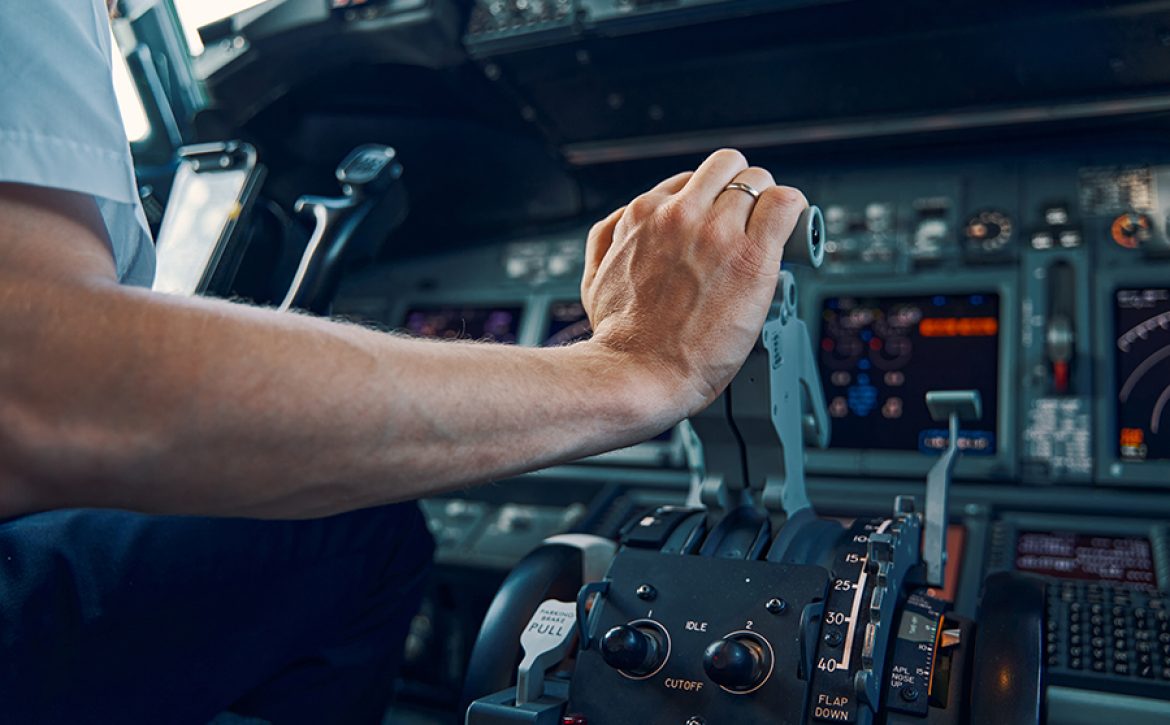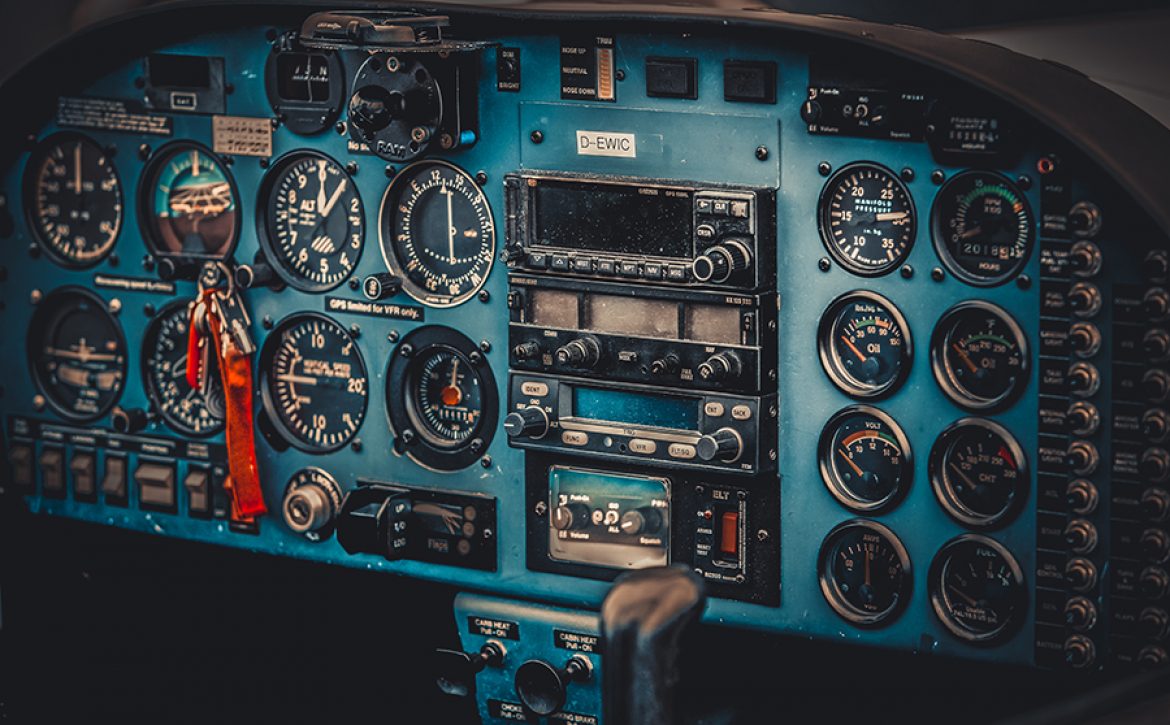Aerovision Earns 2022 Great Place to Work Certification
Aerovision Earns 2022 Great Place to Work Certification

Muskegon, MI — AeroVision International is proud to be Certified™ by Great Place to Work® this year. The prestigious award is based entirely on what current employees say about their experience working at AeroVision. This year, we scored 14% higher than the average U.S. company when it came to our employees feeling like AeroVision is a Great Place to Work.
Great Place to Work® is the global authority on workplace culture, employee experience, and the leadership behaviors proven to deliver market-leading revenue, employee retention and increased innovation.
“Great Place to Work Certification™ isn’t something that comes easily – it takes ongoing dedication to the employee experience,” said Sarah Lewis-Kulin, vice president of global recognition at Great Place to Work. “It’s the only official recognition determined by employees’ real-time reports of their company culture. Earning this designation means that AeroVision is one of the best companies to work for in the country.”
According to Great Place to Work research, job seekers are 4.5 times more likely to find a great boss at a Certified great workplace. Additionally, employees at Certified workplaces are 93% more likely to look forward to coming to work, and are twice as likely to be paid fairly, earn a fair share of the company’s profits and have a fair chance at promotion.
We’re hiring! Looking to grow your career at a company that puts its people first? Send us an email at [email protected]
About AeroVision International
Founded in 2003, AeroVision International has become a trusted business partner for regional aircraft operators and MRO shops worldwide. AeroVision supplies regional commuter airframe and engine parts (ERJ135/140/145, E170/175/190/195, AE3007) in support of operators and MRO facilities around the world. With a strong focus on Embraer ERJ type aircraft, AeroVision offers sales & leasing of engines, auxiliary power units, avionics and landing gear as well as outright or exchange sales of all major internal and external spare parts. Additional information for can be found at https://aerovi.wpengine.com.
About Great Place to Work Certification™
Great Place to Work® Certification™ is the most definitive “employer-of-choice” recognition that companies aspire to achieve. It is the only recognition based entirely on what employees report about their workplace experience – specifically, how consistently they experience a high-trust workplace. Great Place to Work Certification is recognized worldwide by employees and employers alike and is the global benchmark for identifying and recognizing outstanding employee experience. Every year, more than 10,000 companies across 60 countries apply to get Great Place to Work-Certified.
About Great Place to Work®
Great Place to Work® is the global authority on workplace culture. Since 1992, they have surveyed more than 100 million employees worldwide and used those deep insights to define what makes a great workplace: trust. Their employee survey platform empowers leaders with the feedback, real-time reporting and insights they need to make data-driven people decisions. Everything they do is driven by the mission to build a better world by helping every organization become a great place to work For All™.
Learn more at greatplacetowork.com and on LinkedIn, Twitter, Facebook and Instagram
Learn more at greatplacetowork.com and on LinkedIn, Twitter, Facebook and Instagram.
About AeroVision International LLC: Founded in 2003, AeroVision International has become a trusted business partner to business and regional aircraft MR&O facilities and operators worldwide. AeroVision supplies business and regional commuter engines and engine parts (PT6 / PW100 / JT15D / PW300 / PW500 / TFE-731 / AE3007) in support of operators and MRO facilities around the world. With a strong focus on Embraer ERJ-135/145 and EMB120 aircraft, AeroVision offers sales & leasing of aircraft, engines, auxiliary power units, avionics and landing gear as well as outright or exchange sales of all major internal and external spare parts.











 by
by